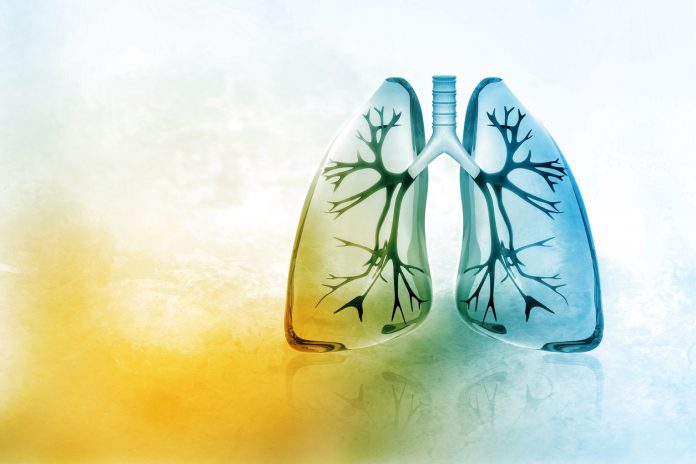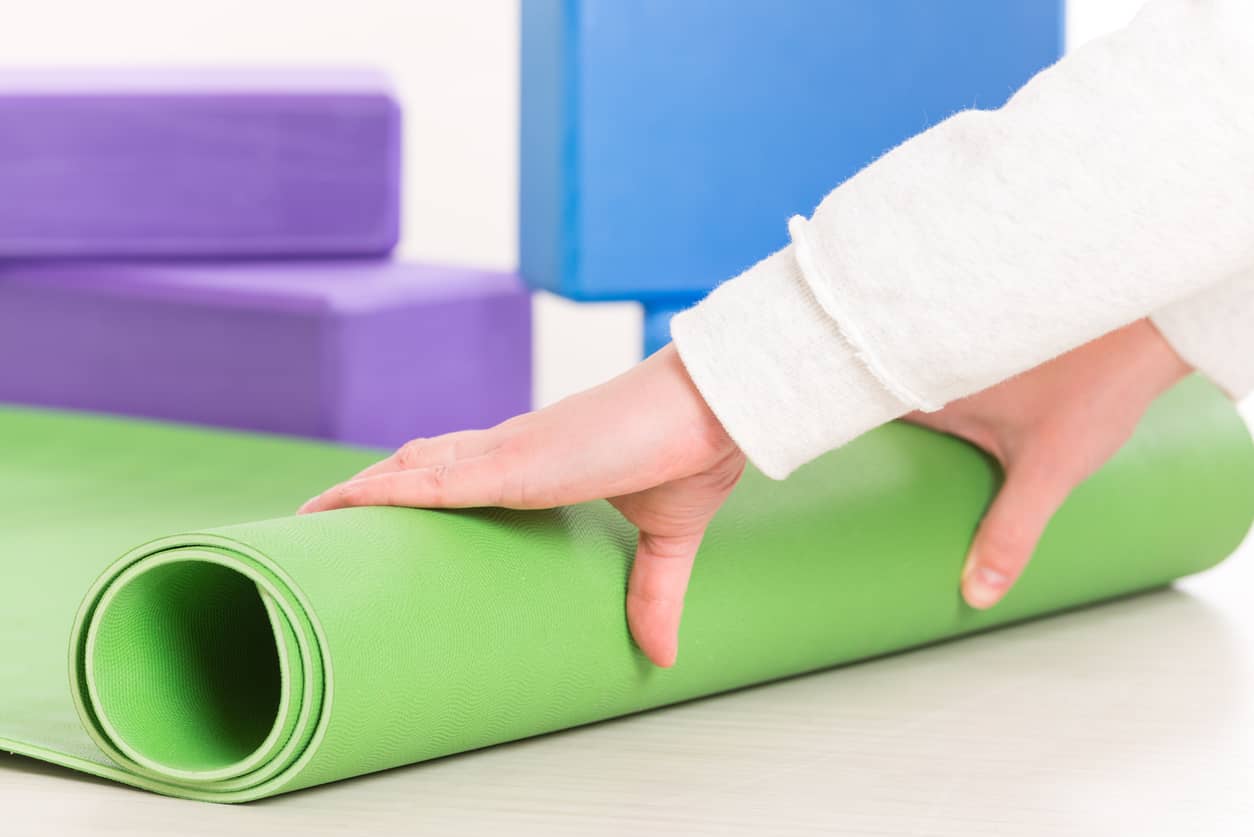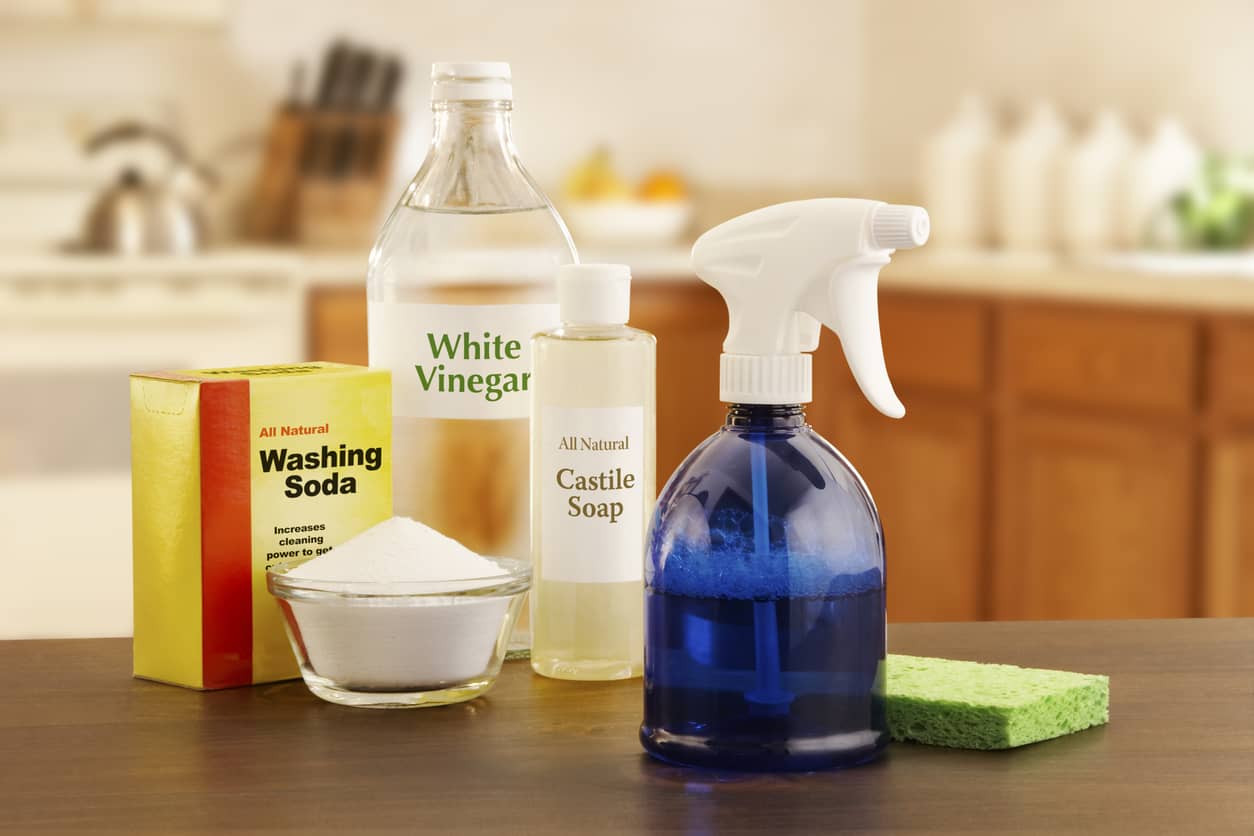
Lungs are the most vital part of our respiratory system. As we live and breathe, most of us don’t spend a lot of time thinking about the lungs – an amazing organ that supports this very basic function. But do you know that, according to the latest statistics available from the World Cancer Research Fund International, lung cancer is the most commonly occurring cancer in the world?
Perhaps it’s time we take stock and make an effort to take better care of our lungs. Here are six steps to get to a healthier set of lungs.

Unless you live under a rock, you’ve probably already heard that smoking is bad for you. Research shows that smoking is the leading cause of lung cancer. Not only that, according to the National Cancer Centre Singapore, exposure to second-hand smoke increases the chances of developing lung cancer by about 30%.
And it seems that we may now need to worry about third-hand smoke, too. Studies suggest that the residue of third-hand smoke left on furniture, clothes, and hair that linger long after the smoking occurs may cause the same kinds of smoking-related ailments in infants, young children and non-smokers, in general.
So not only is it necessary to avoid smokers and smoke-filled areas when you’re out, it’s best to keep your home a smoke-free zone. This simple move can be the most effective step to achieve healthier lungs.

Having a good amount of oxygen in our system can help clear out toxins that have built up in our lungs (and bodies), clear up airways as well as boost our energy levels. Companies have been very successful marketing oxygen facials and oxygen water, among other things, for this very reason.
As we go about our day-to-day activities, however, most of the type of breathing we do is shallow breathing. In order to get more oxygen, it would be good to take time out each day to perform some deep breathing.
Interestingly, research also suggests that the pranayama or breathing aspect of yoga practice rather than the asanas (yoga postures) may be more responsible for building the lungs’ capacity. So it wouldn’t hurt to check out nearby meditation or yoga classes that teach deep breathing techniques you can practice at home. In the meantime, you can also look at the American Lung Association’s website, which provides two simple breathing exercises that you can do right now.

Yoga can have amazing benefits, from improved flexibility and increased energy to weight reduction. Studies also show that doing yoga can improve the capacity of lungssignificantly, in healthy adults. So stop procrastinating and join a yoga class near your house so you can strengthen your lungs and your core at the same time.

To most of us, our home is our sanctuary and keeping it clean is a top priority. This is especially true when you have young ones crawling around the house. But be careful not to use cleaning products that may be doing more harm than good. Common household products from air fresheners to laundry detergents can release dangerous chemicals such as volatile organic compounds (VOCs), which can lead to respiratory illnesses, damaging the lungs. However, the severity of which would depend on the level of exposure. So when you do use a cleaning product containing harsh ingredients, it is important to keep the area well ventilated.
Just because a product is labeled ‘green’ or ‘natural’ doesn’t necessarily mean it is free from potentially harmful ingredients, either. So always check the ingredients list and consider picking ones that have less (or do not contain) VOCs, have fewer flammable ingredients, and are fragrance-free. The Environmental Working Group’s (EWG) Guide to Healthy Cleaning is a helpful starting-off point if you wish to do some research on cleaning products.
Keep in mind that there are many times when soap and water will do the job. You can also make your own cleaning agents using simple ingredients you already have in your pantry, such as vinegar, lemon and baking soda. It’ll save you money, too.
An infection like the flu can have potentially damaging effects to your lungs and respiratory system, particularly if you have certain chronic medical conditions, are pregnant, or elderly. While some may think the flu is a relatively innocuous bug that is more annoying than it is dangerous, complications from the flu virus can lead to respiratory diseases such as bronchitis and pneumonia. If left untreated, it can also be fatal. So when it comes to the flu, it’s wise to follow the adage ‘prevention is better than cure’ and remember to get vaccinated before flu season. Also, be disciplined about washing your hands properly to avoid getting (and spreading) influenza.

In a world where the air we breathe is increasingly polluted, healthy eating has become more crucial than ever for fighting off the bad stuff and keeping our lungs healthy. Research has shown that consuming fruit and vegetables that are high in antioxidants and beta-carotene, as well as the vitamins A, C, B-6, D and E, can go a long way to boosting lung health for non-smokers. So be sure to include vegetables like broccoli, kale, pumpkin, garlic, and ginger in your regular diet. Fruits such as apples, cantaloupes and blueberries should be in your weekly fruit rotation. So when you want to indulge in a delicious treat, go for a blueberry and banana smoothie. When ordering frozen yoghurt, opt for a fruit topping to go with it
|
Previous article Exercising with Asthma: What you Need to Know |
Next article Respiratory Conditions that may Benefit from Nebulizer Use |